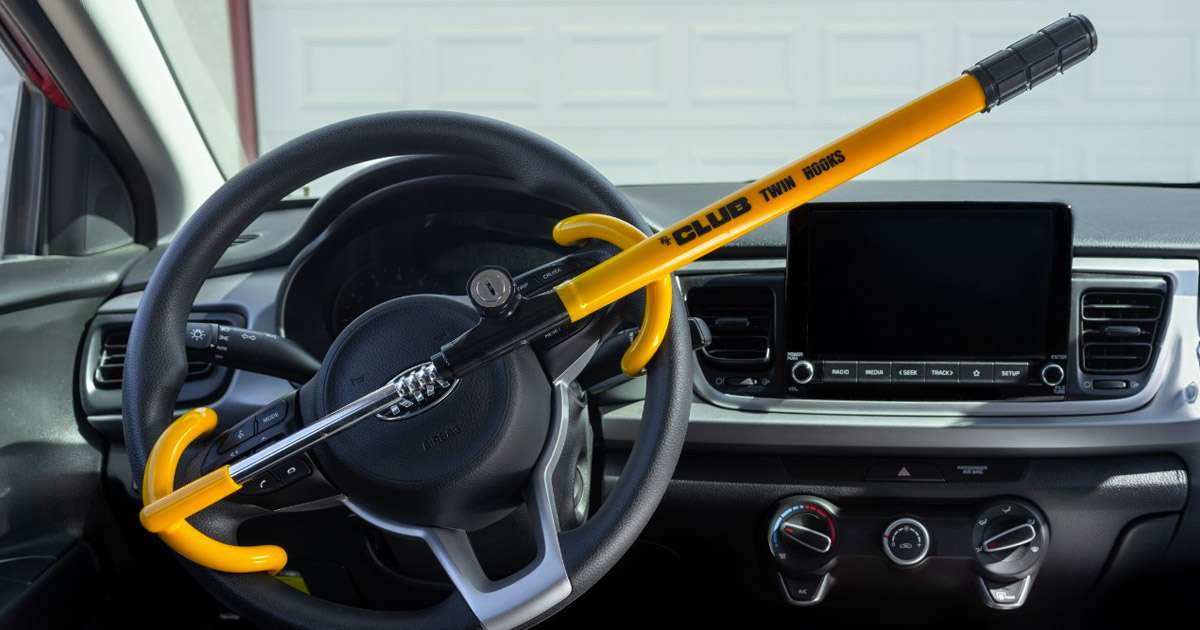Which Anti-theft Device Category Is Better? How They Differ From Each Other

Automobile theft is an unfortunate circumstance that confronts vehicle owners, making safeguarding your valuable assets a paramount concern. Anti-theft devices have become an essential line of defense, safeguarding your vehicle from potential thieves. However, not all anti-theft devices are created equal. They are categorized into different groups, and understanding these categories is crucial, not only for your vehicle’s security but also for the cost of your car insurance.
What Are the Anti-Theft Device Categories?
Anti-theft device categories are a system of classification that groups various security mechanisms based on their level of sophistication and effectiveness in preventing car theft. These categories help insurers assess the security features of a vehicle and adjust insurance premiums accordingly. The three primary categories, known as Category I, Category II, and Category III, provide a framework for evaluating anti-theft systems.
Category I Anti-Theft Devices
Category-I anti-theft devices represent the most advanced and effective security systems. These devices are designed to actively deter theft, making it exceedingly difficult for thieves to steal a vehicle equipped with them. They typically include:
- Ignition or Starter Cut-Off Switch – A device that disables the ignition system and can only be reset to start the vehicle when specific conditions are met.
- Nonpassive Externally Operated Alarm – An alarm system triggered by unauthorized entry through doors, trunks, or hoods, usually requiring an external action like key insertion.
- Steering Column Armored Collar – A tangible obstruction that hinders access to the ignition mechanism and renders the vehicle inoperable when tampered with.
Category II Anti-Theft Devices
Category II devices are active anti-theft systems that require manual activation, usually by the vehicle owner. While effective, they rely on the owner’s actions to engage. Examples of Category II devices include:
- Nonpassive Fuel Cut-Off Device – A device that blocks the fuel line when activated, often requiring a hidden switch or key.
- Nonpassive Steering Wheel Lock Device – A steel collar and lock that attach to the steering column, immobilizing the steering wheel.
- Armored Cable Hood Lock and Ignition Cut-Off Switch: A combination of locking the ignition and securing the hood with a cable lock.
Category III Anti-Theft Devices
Category III devices encompass passive alarm systems and vehicle recovery devices. They activate automatically and are designed to assist in locating a stolen vehicle. Examples of Category III devices are:
- Passive Alarm System – An alarm triggered by an unauthorized entry that resets automatically and may immobilize the ignition.
- Fuel Cut-Off Device – A system that prevents the fuel line from opening unless a specific action is taken, such as using a hidden switch or key.
- Armored Ignition Cut-Off Switch – A device that interrupts the ignition circuit when engaged, preventing “hot wiring” of the vehicle.
Who Uses This Classification?
Insurance companies primarily use anti-theft device categories to evaluate the security of a vehicle and determine insurance premiums. Insurers offer discounts to policyholders whose vehicles are equipped with anti-theft devices, with higher discounts generally applied to vehicles in Category I and Category II. These categories help insurers differentiate between vehicles with varying levels of protection against theft, allowing them to adjust rates accordingly.
What Other Types of Classifications Are Used?
While Category I, Category II, and Category III are the most commonly used classifications, other methods of categorizing anti-theft devices may also be considered by insurers. These alternative classifications may include security features unique to a particular vehicle, manufacturer-developed proprietary security systems, or variations based on regional preferences and laws. However, the three primary categories mentioned earlier serve as a standardized and widely accepted framework for assessing anti-theft devices.
Which Is Better to Have in Your Car?
Determining which category of anti-theft device is better for your car depends on various factors, including your vehicle’s make and model, your location, and your personal preferences. Category I devices provide the highest level of security, making them the most effective at deterring theft. If you own a high-value vehicle or live in an area with a high incidence of car theft, investing in a Category I device may be wise.

Category II devices offer a good balance between security and convenience. They provide reliable protection and are generally more affordable than Category I devices. However, they require manual activation, so their effectiveness depends on the vehicle owner’s diligence.
Category III devices, while valuable for tracking and recovering stolen vehicles, may not prevent theft as effectively as Category I and II devices. They are most beneficial when used in combination with other anti-theft measures.
Ultimately, the best anti-theft device for your car depends on your specific circumstances and security needs. It’s essential to assess your vehicle’s vulnerability to theft and consider your budget when choosing the appropriate category of anti-theft device.
How Does Anti-Theft Device Categories Affect Car Insurance?
Anti-theft device categories have a direct impact on your car insurance rates. Insurance providers provide cost reductions to individuals with anti-theft apparatuses affixed to their automobiles. The size of the discount hinges on the device’s classification and its efficacy in discouraging theft.
Vehicles equipped with Category I anti-theft devices often receive the highest discounts, as these devices are the most effective at preventing theft. Category II devices also qualify for significant discounts, though generally not as substantial as Category I. Category III devices may still yield discounts, but these are typically smaller since they primarily assist in recovery rather than prevention.
In some cases, having a Category I or II device installed in your vehicle can lead to substantial savings on your insurance premiums. These discounts can make investing in a higher-category anti-theft device financially advantageous in the long run.
It’s Important to Understand Anti-Theft Device Categories
Understanding anti-theft device categories is essential for both vehicle security and managing car insurance costs. These categories serve as a standardized system for evaluating the effectiveness of anti-theft devices, helping insurers determine the level of risk associated with each vehicle. By investing in the right category of anti-theft device for your car and taking advantage of insurance discounts, you can enhance your vehicle’s security and potentially reduce your insurance premiums. Protecting your vehicle from theft is not only a wise financial decision but also provides peace of mind, knowing that you’ve taken proactive steps to safeguard your valuable asset.

